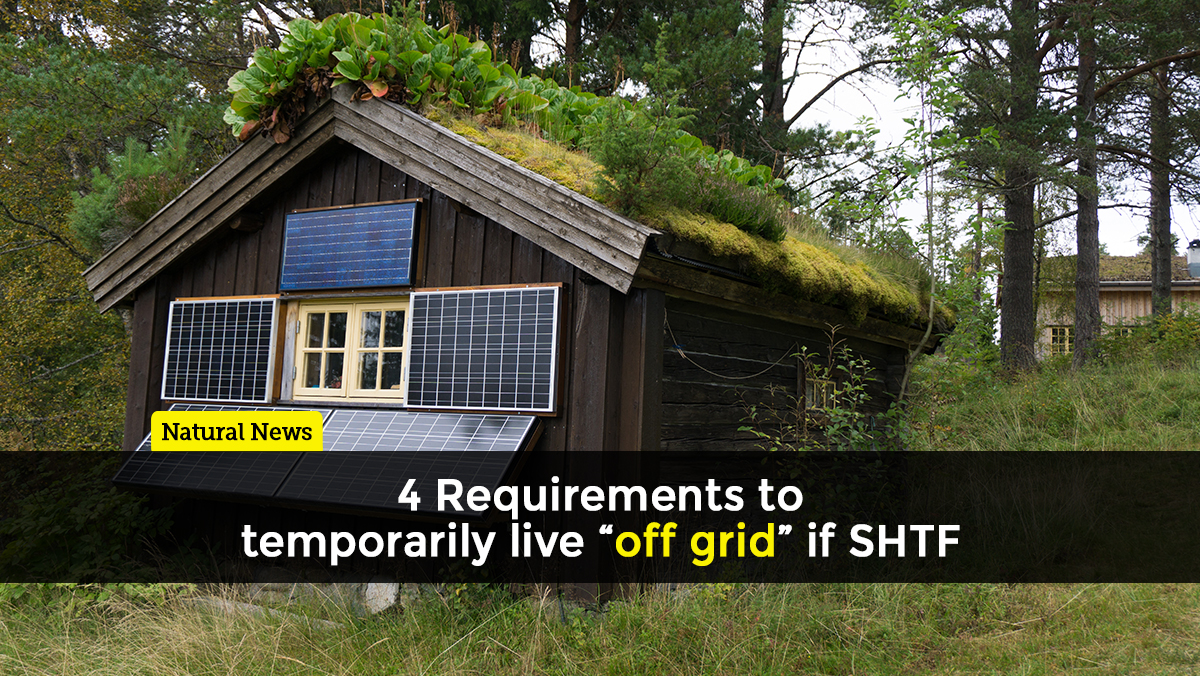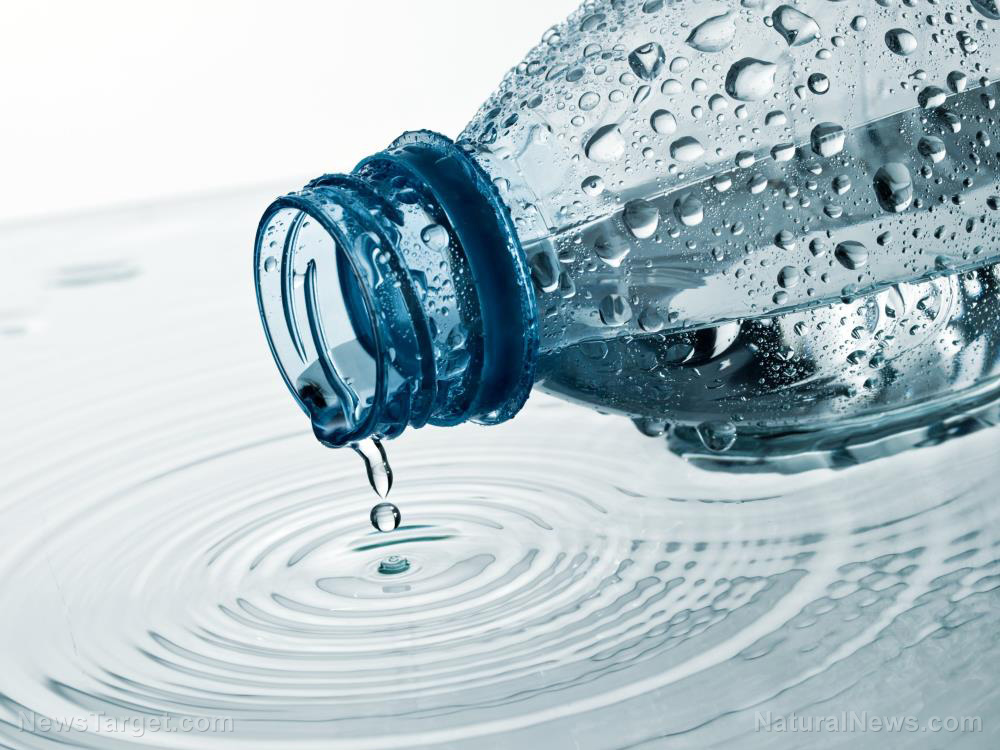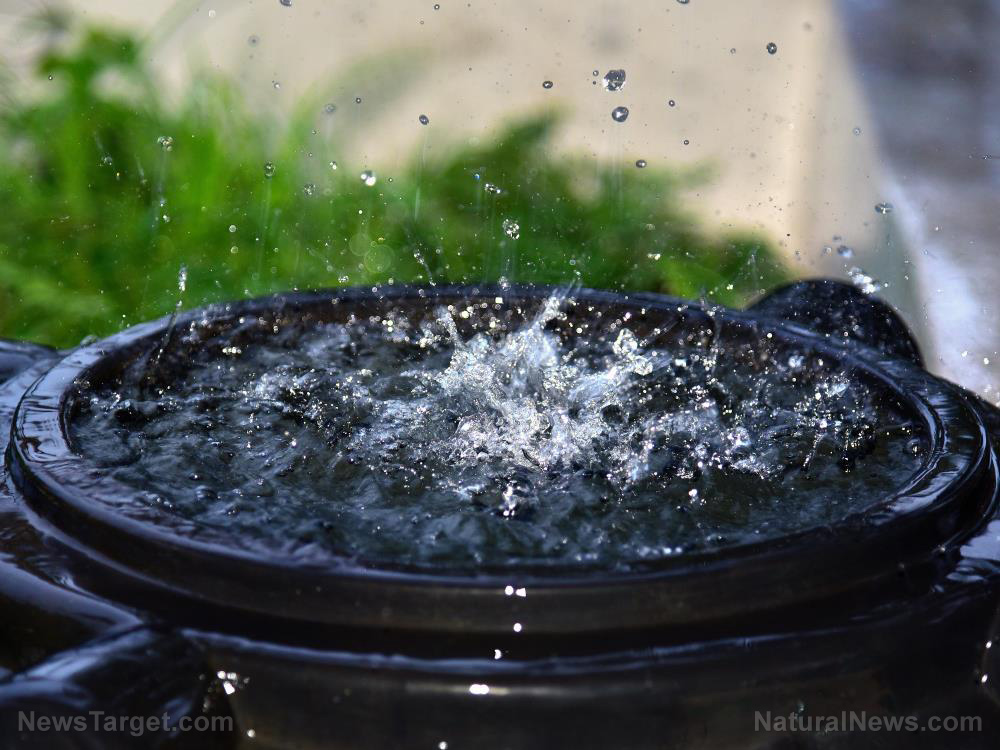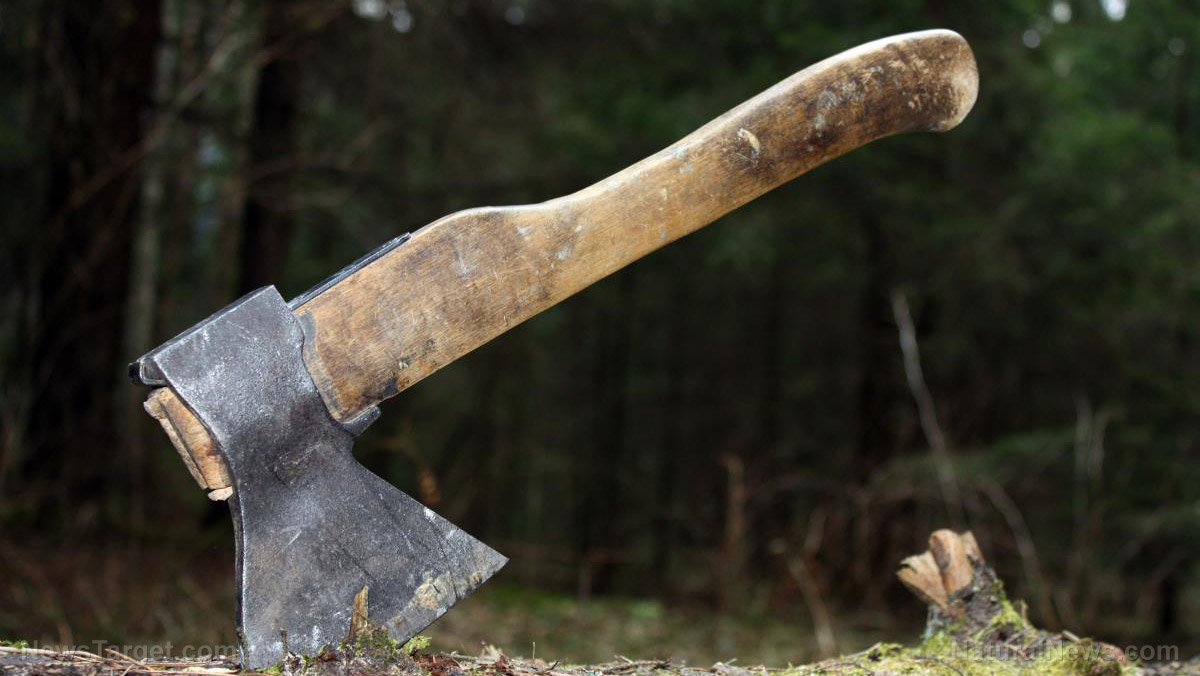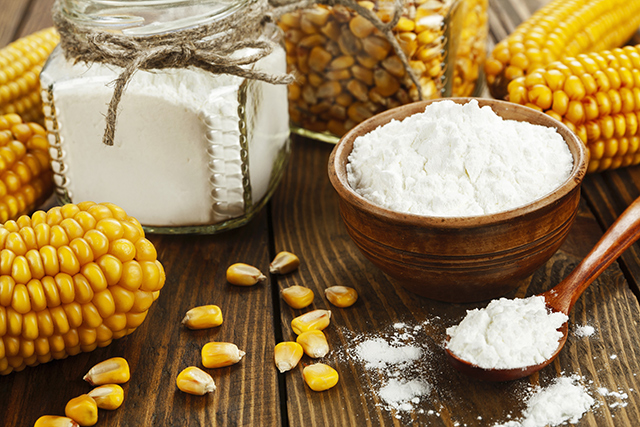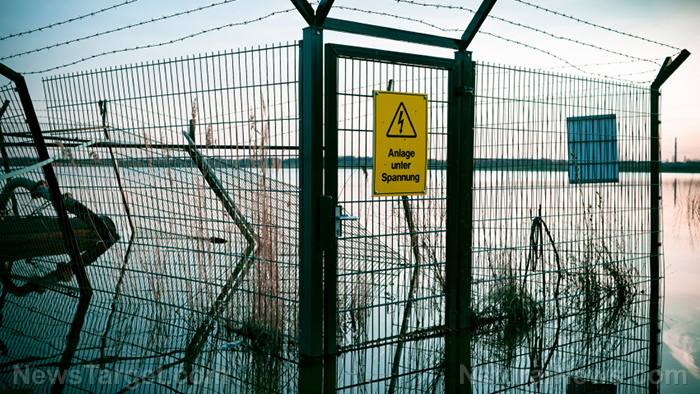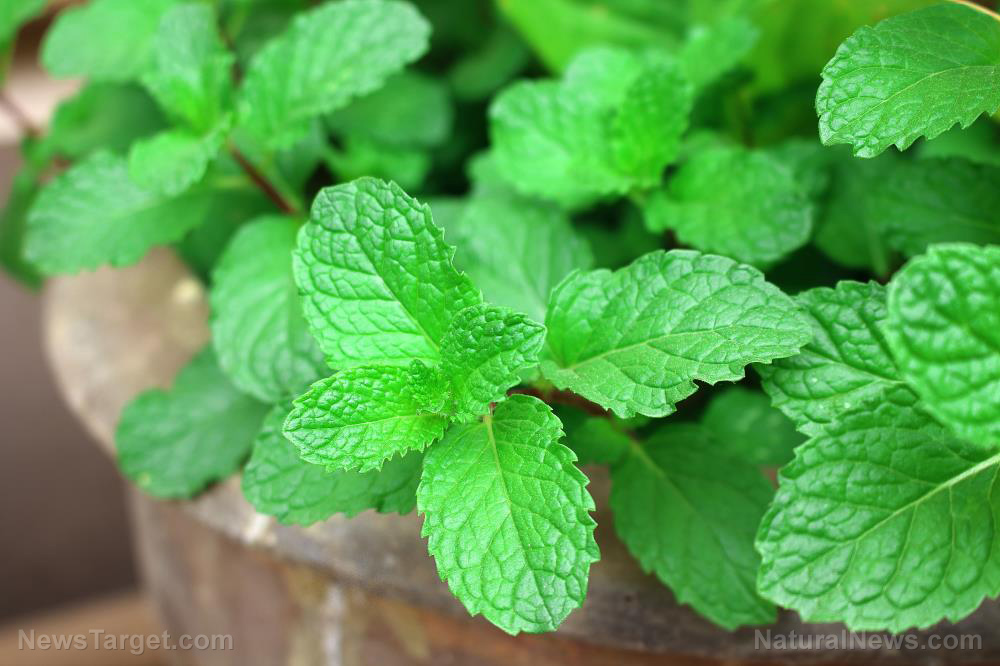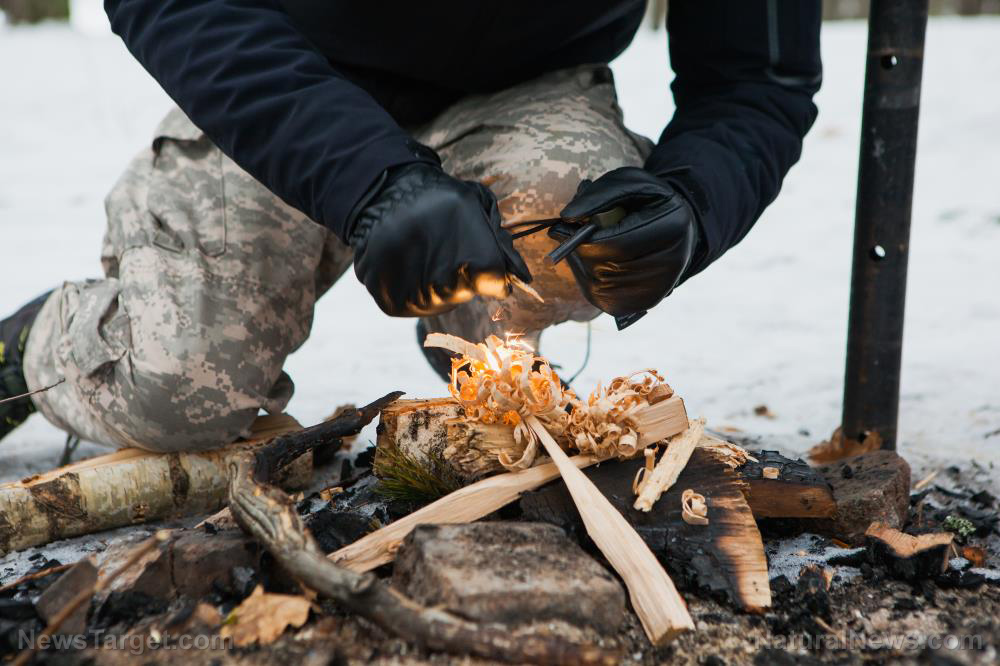Prepping for a water shortage: How to harvest rainwater
07/19/2018 / By Rhonda Johansson

During emergencies, one of the most important things to have is drinkable water. If you’ve been reading our site regularly, you know that we always emphasize the importance of preparedness. From knowing your first aid to building your own sustainable garden, our goal is to teach Natural News readers how to thrive in any situation – nuclear war impending or no. This article will be your short but simple guide on how to prep for water shortages by knowing how to harvest rainwater.
Begin prepping today. Do this by building up a collection of around five empty water jugs (typically the kind you see on top of water coolers). Since you never know when the next rainstorm will occur, start filling these jugs with tap water. Dump the water out every six months or so to keep it fresh. This should supply you and your family with a relatively fresh water supply during a disaster and until the next rainfall.
Now, in the event of an extended disaster, you should try going back to the basics. Use primitive technology to harvest rainwater. Here are some simple methods you can use. (h/t to BioPrepper.com)
- Use a tarp – Create a funnel by angling the tarp downward at a slight angle towards an empty bucket or pipe that will then take it to your storage container. For the cleanest possible water, make sure that the tarp you use is clean. Try collecting away from trees to collect less bird dung and/or debris.
- Use gutters – Most homes already have a natural system for collecting rain. These gutters have drains that are normally found at each corner of the home and which funnel into a second gutter. Simply modify this intersection so that the water will instead carry towards a barrel or tank. Build a “closed-loop” system where the water drains immediately to a sealed barrel or tank. This is to prevent mosquitoes from breeding in your collected water.
- Use scavenged materials – For areas that have been devastated by a natural disaster, you can find plenty of materials that are useful in collecting rainwater. Use a hammer and saw to cut into walls and collect pipes to carry water. We recommend getting only the smaller pipes; larger ones typically carry “greywater” which is waste from sinks, dishwashers, washing machines, and shower drains. Stockpile on tarps and PVC pipes that were used in the plumbing of drinking water.
Use your imagination. Harvesting rainwater requires only a little bit of ingenuity and a few modifications to materials you already have at hand.
The next step is making sure the rainwater is safe to cook with or drink. The easiest way to do this is to add water purification tablets to your storage container. These tablets are accessible and are cheap. One tablet should be useful for a liter of water, give or take. However, these take around half an hour to work and may not be practical in certain survival situations.
During worst case scenarios, it is enough to boil the water. Make sure that the water is boiled for at least 10 minutes to eliminate most bacteria strains. Take note that this is not a full-proof guarantee but it will suffice when you desperately need water.
There are water purification systems that you can install in your home today. These are specifically designed to treat rainwater for indoor use. These will prove to be extremely useful during emergencies.
Prepping for the future saves lives – especially yours. Learn more tips and tricks like these at Preparedness.com.
Sources include:
Tagged Under: collecting rainwater, drinking water, harvesting rainwater, homesteading, how-to, natural disasters, off grid, potable water, preparedness, prepper, prepping, Rainwater, SHTF, survival




